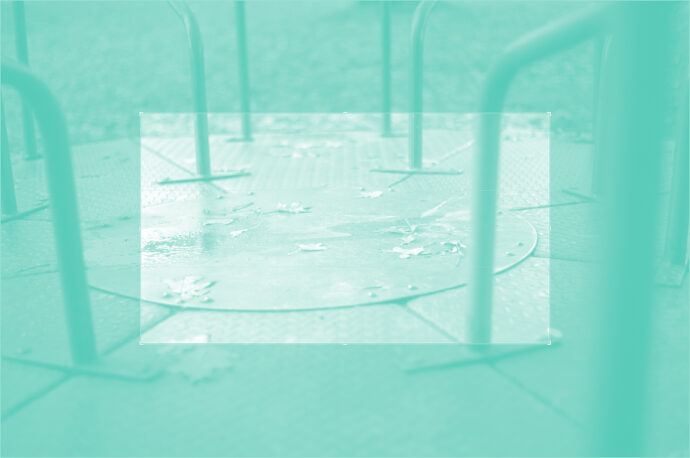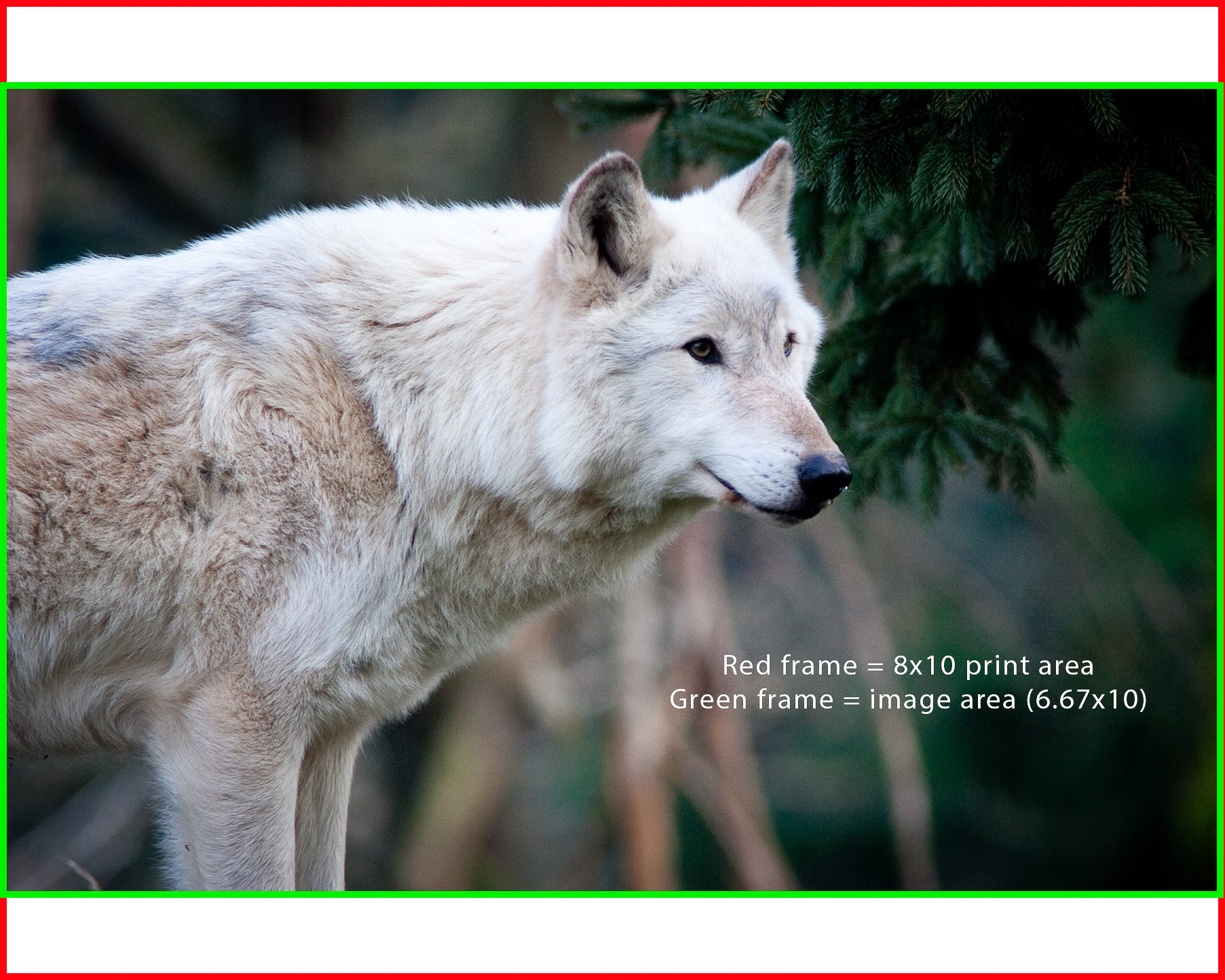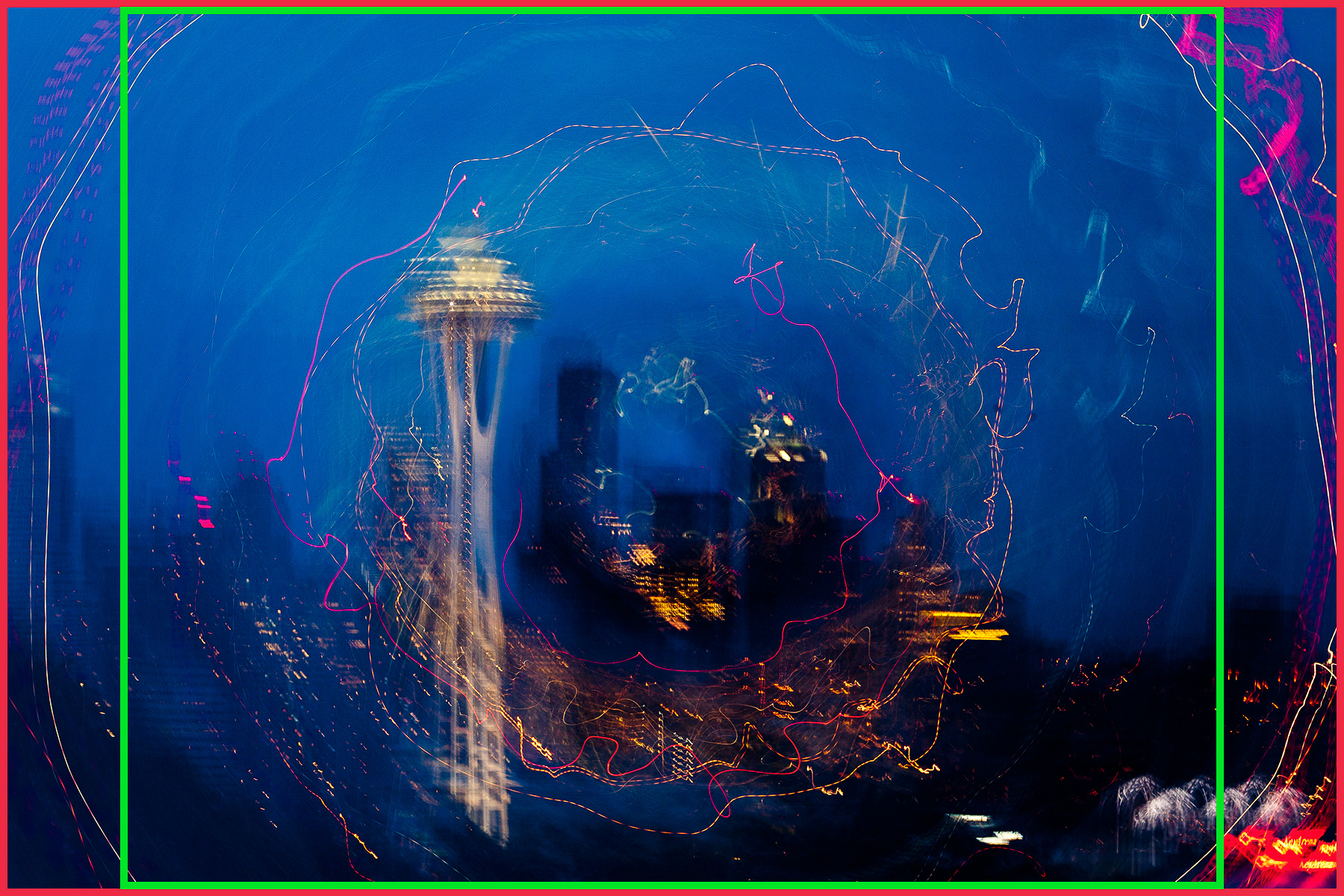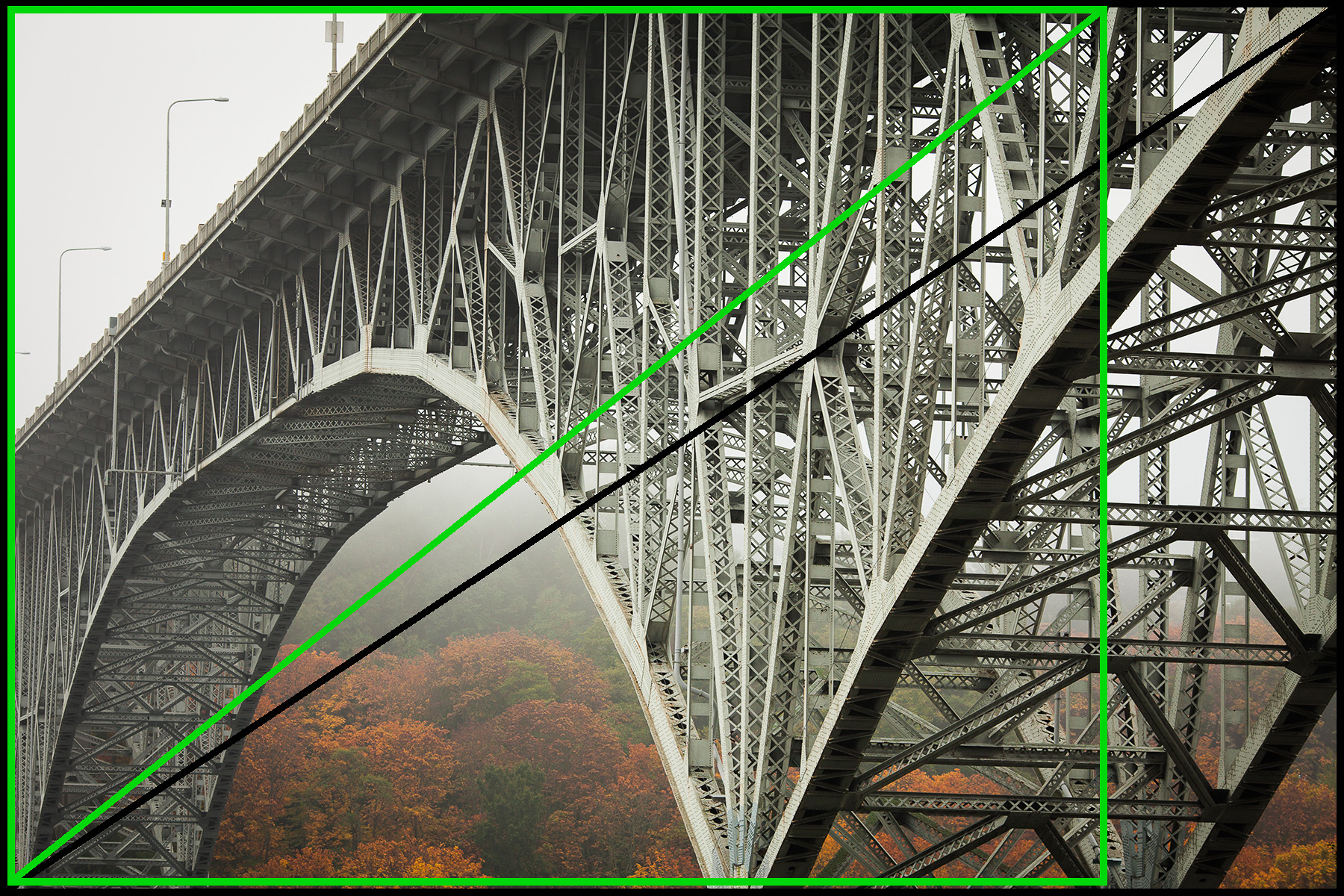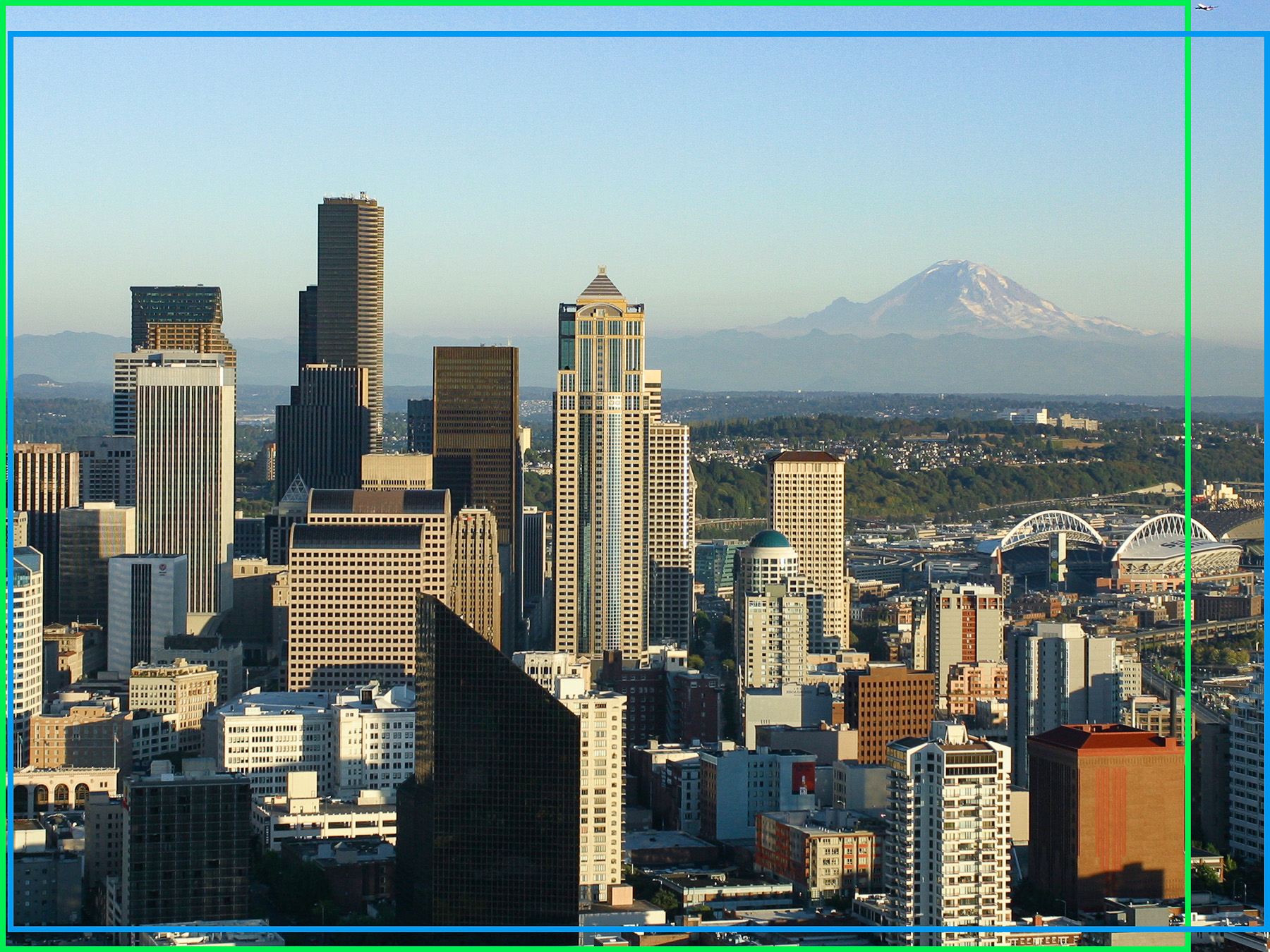New Toys, Same Aspect Ratio Problems
Many families have a running joke about someone in the family who always cuts off heads when they take photos of people. I guess that the photographer did not cut off the heads, but instead there were other causes, such as parallax or aspect ratio issues.
Parallax comes into play when the viewing system is not the same as the lens/sensor view. This is no longer an issue when using single lens reflex (slr) cameras or digital cameras that use a live view off of the sensor. But not so long ago, many miniature format cameras had separate viewing and capturing systems, so what you saw in the viewfinder was not exactly what the image would look like when printed.
The result was a few decapitations.
The issue of aspect ratio, however, still exists. The shape of the film negative and the shape of the paper it was printed on were different, and it was the photo lab that cut the heads off.
“Why do they hate me?”
Well, hold on. It’s not you. A very popular camera and film style in the 1960s through 1999 was the Kodak Instamatic. The 126 film for the Instamatic was 28mmx28mm, a square. But many prints people got from their film were 3.5×5 or 4×5, rectangles, not squares. To print on 3.5×5 paper from a square negative means that something had to get chopped off. And my guess is that most folks held these cameras in the horizontal/landscape orientation, making matters worse.
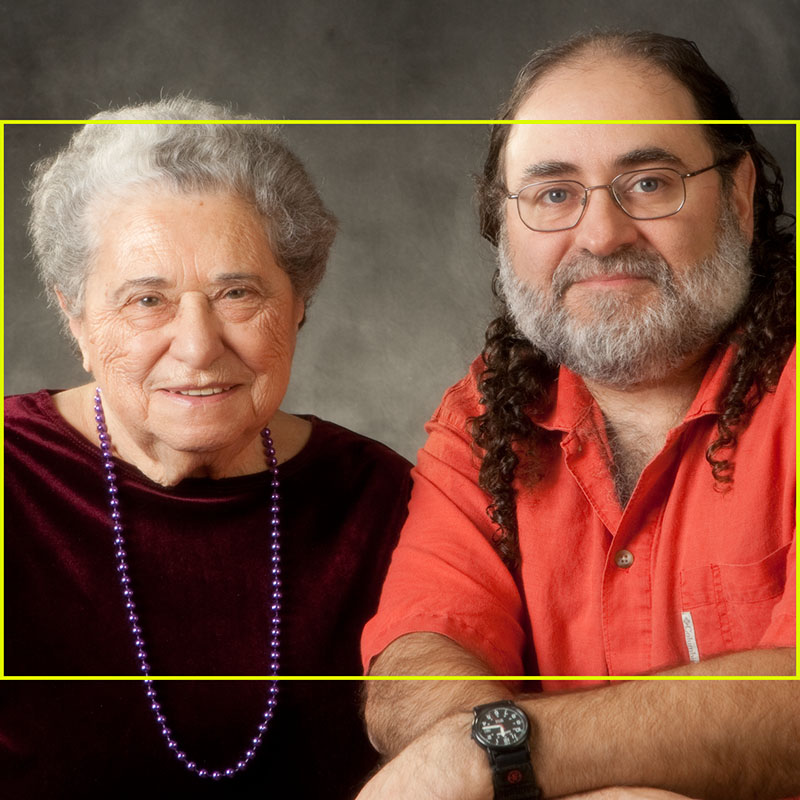
The full image above shows the square 126 frame. The yellow outline shows the area that will make a 3.5×5 print.
A similar issue still exists today. Most DSLR cameras are based on 35mm film cameras, and their sensors are about 1×1.5 inches or a bit smaller, but still in the 2×3 aspect ratio. Some smaller cameras have a sensor with a 3×4 aspect ratio.
2×3 translates to 4×6, 8×12, 10×15, 16×24, 20×30, etc. It does not translate to 4×5, 5×7, 8×10, 11×14, 16×20, or other popular print sizes. To make those size prints, something needs to be cropped out of the original photo. Similarly, 3×4 doesn’t translate to popular print sizes, either.
Many art photographers do not want to crop their images and will print to custom print sizes to maintain the full image. But if you are going to make standard size prints for yourself or clients, you may need to leave some breathing room in your photos to allow them to be cropped to the different aspect ratios (basically shapes) of the various standard print sizes.
| Aspect Ratio | Sample Print Sizes (no cropping required) |
| 1:1.5 | 2 x 3, 4 x 6, 8 x 12, 16 x 24, 20 x 30, 32 x 48 |
| 1:1.25 | 4 x 5, 8 x 10, 16 x 20, 24 x 30, 32 x 50 |
| 1:1.3 | 11 x 14 |
| 1:1.4 | 5 x 7 |
Aspect Ratio is the ratio of the short size of an image to the long side of the image. We talk about it all the time without realizing it. When you get a 4×6 inch print, you are describing the aspect ratio of that print: 4×6 (or 2×3, or 1×1.5). The long length side of the image is 1.5 times the length of the short size.
This happens to be the aspect ratio of most digital SLR cameras. These cameras evolved from 35mm film SLR cameras. 35mm film measures 24mm x 36mm (do the math, that translates to 2×3 or 1×1.5). Hence, a 4×6 print can show the entire frame from a 35mm slide/negative or from most DSLR cameras. I say most because some manufacturers now have SLR cameras with a 3:4 ratio and most compact digital cameras are also in the 3:4 ratio. But that is not typical for DSLR cameras. I will talk about 3:4 ratio at the end of this post.
So, what happens when you want to make an enlargement from your DSLR image?
If you make an 8×12 enlargement, you will get the full frame. Everything you originally saw in the image. “But,” you might be saying, “most frames are available in 5×7 or 8×10 sizes. What happens when I make a 5×7 or 8×10 print? “
What happens is that you either have to crop off parts of the original image, or you have to print with uneven borders. Something has to go.
For Those Of Us That Are Visual Learners …
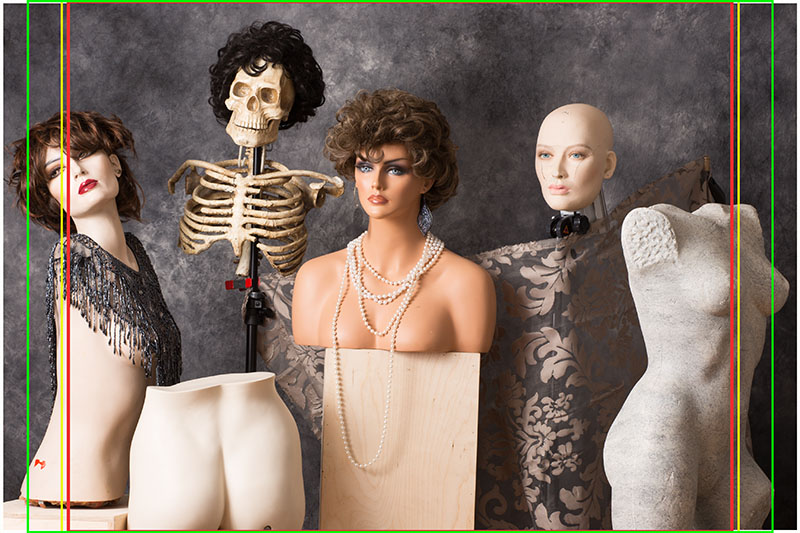
- The white line indicates the full 1×1.5 ratio of the DSLR original file. The other lines show the area of the image that will be included in various size prints.
- The red lines shows the crop for an 8×10 or 16×20 (1×1.25 aspect ratio). Notice that a relatively large section of the original will be cropped out to make an 8×10 print.
- The green lines show the crop area of a 5×7 print (almost the full frame).
- The yellow lines show the approximate crop area for an 8.5×11 or 11×14 print.
As mentioned above, there is an alternate way to print. You can have uneven borders, as shown here:
Here you are printing the full image frame (shown by the green lines) on 8×10 paper (red outline) at a size of about 6.67 inches by 10 inches, leaving a wide white border along the long dimensions of the print. I think that most people would never deliver a print that showed the uneven borders. I would have it mounted in a mat cut to the appropriate size and shape to display the full frame image and hide those white borders behind the mat.
Here (above) the red frame shows the full image as captured by the camera. The green frame shows the part of the image that can be printed as an 8×10 inch print. Of course, that green frame can be moved left or right in the image for the best composition.
Another way to think about this is to divide the long dimension of your original image by the short dimension and then divide the long/short dimension of your frame size and see if they match up.
For example, take your original image that is 2:3 ratio. Divide 2 into 3 and you get 1.5. Now take your frame size. First we will try an 8×12 frame. 12 divided by 8 equals 1.5. The number is the same. The original image will scale to 8×12 with no cropping necessary. Second we will try an 8×10 frame. 10 divided by 8 equals 1.25. This does not match the original 1.5, so the image cannot be scaled to 8×10 without cropping.
One more illustration:
Note the black diagonal line from corner to corner of the image. That shows various crops within the image that will maintain the 1:1.5 aspect ratio. The green border and diagonal line indicate the available 8×10 (1:1.25) crops available from this image. Any rectangle who’s corners fall on the green diagonal line can be an 8×10 crop from the image.
Of course, you can use standard frame sizes and cut custom mats to allow your prints to have a slightly different aspect ratio than the frame. The difference you can live with is up to you.
The Old 3:4 Ratio — Or The 4/3 System
Traditionally, televisions and personal computers have had screens with a 4:3 (width to height) aspect ratio. Computer screens have come in 640×480, 800×600, 1024×768, 1280×960, etc. As compact digital cameras were in development, the 4:3 ratio was adopted. This way digital camera images fit the computer screens. But they don’t fit traditional photographic printing paper sizes.
Here is a 4:3 aspect ratio image with 8×10 (green) and 5×7 (blue) crop guides on it.
The 4:3 aspect ratio translates to 1:33333 and gives you uncropped print sizes like 10.5×14, 9.6×12.8, 9×12, 7.5×10, or 4.5×6. Not your typical print sizes. But these do work well for online, full-screen presentations.
